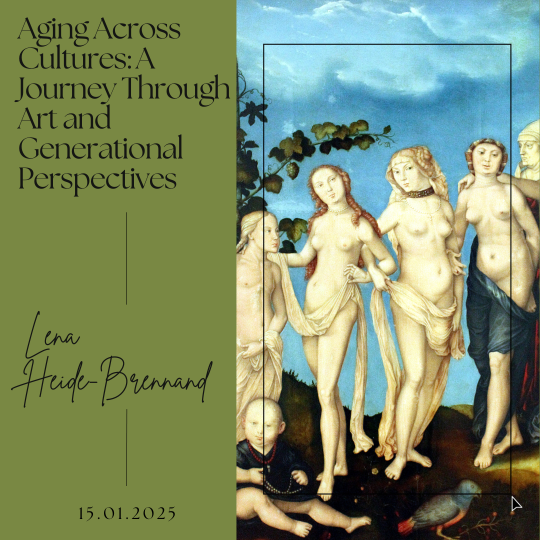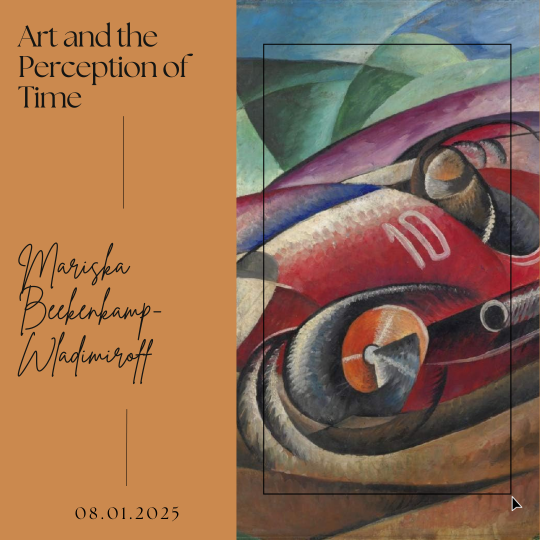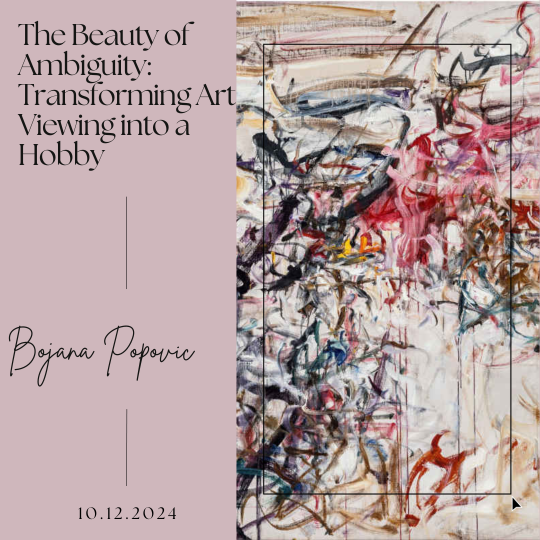Stories of Famous Hobbies Born from Boredom
written by art historian & curator
Have you ever found yourself staring at the clock, wondering how to fill the empty hours? What if those idle moments weren’t a waste, but the beginning of something extraordinary? History is filled with stories of remarkable individuals who transformed boredom into brilliance. Imagine a soldier in the trenches doodles imaginary maps and invents languages to escape the monotony of war. Decades later, those idle scribbles become the foundation for one of literature’s most beloved fantasy worlds. Or imagine a young woman, bedridden after a life-altering accident, who begins painting as a way to pass the time. Her art, born from pain and boredom, ultimately redefines 20th-century surrealism.
Videos you may enjoy as well:
The truth is that boredom holds immense potential. It invites creativity to fill the gaps and many of the world’s greatest inventions, artworks, and ideas are rooted in the simple act of passing time. But how do some people transform idle moments into cultural milestones? What does it take to turn a hobby into a legacy? Let’s explore some of the stories of iconic figures—J.R.R. Tolkien, Frida Kahlo, and the Wright brothers—whose hobbies, sparked by boredom, changed the world. By the end, you might see boredom in a whole new light.
Inventing Middle-earth from Idle Scribbles
J.R.R. Tolkien’s journey to creating Middle-earth began not with grand intentions, but with quiet moments of linguistic curiosity. As a philologist and academic, Tolkien deeply loved languages, both existing and imagined. In his youth, he would spend hours tinkering with words and grammar, crafting languages like Quenya and Sindarin, inspired by Finnish and Welsh. These were not created for an audience or a purpose, but purely out of fascination and to fill idle hours. Tolkien’s love for storytelling emerged alongside this linguistic experimentation. While stationed in the grim trenches of World War I, he found solace in scribbling fragments of stories and poems. He was a young soldier, weary from the chaos of war, huddled in a muddy dugout with a notebook. In these moments, Tolkien began sketching the earliest seeds of what would become Middle-earth. He described these early creations as his “escape” from the monotony and brutality of military life.

Later, as an Oxford professor, Tolkien continued to let his imagination wander. One day, while grading student papers, he wrote the now-famous sentence: “In a hole in the ground there lived a hobbit.” It was a whimsical moment born from boredom, but it sparked the creation of The Hobbit, published in 1937. The story of Bilbo Baggins, a reluctant adventurer, captivated readers and set the stage for Tolkien’s larger masterpiece: The Lord of the Rings. To bring Middle-earth to life, Tolkien’s hobby evolved into an all-encompassing project. He sketched detailed maps, painted vivid scenes of forests and mountains, and wove rich histories for his fictional world. Picture Tolkien in his study, surrounded by stacks of paper, his pipe smoke curling through the air as he meticulously documented the genealogy of Elvish kings or the geography of Gondor. What began as idle linguistic play had transformed into an epic saga. Today, Tolkien’s work is celebrated as a cornerstone of modern fantasy and a testament to the power of hobbies. His stories remind us that creativity often emerges from unexpected places. For Tolkien, boredom wasn’t a void to be filled; it was the fertile ground where Middle-earth was born.
The Wright Brothers
The story of Wilbur and Orville Wright is one of curiosity, perseverance, and the extraordinary potential of a humble hobby. Before they made history as aviation pioneers, the Wright brothers were bicycle mechanics and shop owners in Dayton, Ohio. Their fascination with mechanics and motion began in childhood, inspired by a simple toy—a rubber band-powered helicopter their father brought home. This small device sparked a lifelong interest in flight. As adults, the Wright brothers carried this curiosity into their spare time. When not repairing bicycles, they began experimenting with kites and gliders, driven by a question that intrigued them – how to achieve controlled flight. At first, their tinkering was playful, constructing small models to test the principles of aerodynamics. However, this hobby quickly evolved into a serious pursuit as they delved into the science of flight.
On a breezy day, the brothers launched their kites into the skies of Ohio fields. Each flight was an experiment, with Orville and Wilbur meticulously observing how air currents interacted with the wings. They studied the flight of birds, noting how they angled their wings to maneuver. This curiosity led them to believe that controlled flight was achievable, but it required solving one critical problem: stability. In 1899, they built their first manned glider, tested in Kitty Hawk, North Carolina, chosen for its strong winds and sandy dunes. Their gliders improved with each iteration, but their hobby reached a turning point when they combined their mechanical expertise with engineering innovation. Applying their knowledge of bicycle design—particularly the importance of balance and control, they developed a three-axis control system. This breakthrough allowed pilots to steer an aircraft effectively and maintain stability, solving the problem that had baffled other aviation pioneers.
On December 17, 1903, years of experimentation culminated in the first powered, controlled flight. The Flyer, a motorized biplane, stayed aloft for 12 seconds, covering 120 feet—a modest achievement by today’s standards but a monumental leap for humanity. What began as playful tinkering with kites and mechanical devices ended with an invention that connected people and places like never before. The Wright brothers’ legacy reminds us that even the most transformative ideas can have humble beginnings.
Turning Pain into Art
For Frida Kahlo, art began as a way to combat boredom during one of the most challenging periods of her life. In 1925, at the age of 18, Kahlo was involved in a devastating bus accident that left her with severe injuries, including a broken spine and pelvis. Confined to her bed for months, she faced not only immense physical pain but also the mental strain of isolation and inactivity. To pass the time, she turned to painting—a hobby she had dabbled in before but never pursued seriously.
With the help of a specially designed easel and a mirror positioned above her bed, Kahlo began creating self-portraits. These works were more than mere distractions; they became her means of exploring and expressing her inner world. ”I paint myself because I am so often alone and because I am the subject I know best” she once said. Her early works reflected her physical and emotional struggles, blending raw realism with surreal and symbolic elements. What started as a hobby to alleviate boredom grew into a lifelong passion and a powerful form of self-expression. Over time, Kahlo’s paintings evolved to incorporate themes of identity, cultural heritage, and feminism, solidifying her status as one of the most influential artists of the 20th century. Works like The Broken Column and Self-Portrait with Thorn Necklace encapsulate her resilience and artistry.
Kahlo’s story illustrates how creativity can emerge from even the most difficult circumstances. By channeling her boredom and pain into art, she not only transformed her life but also redefined modern art. Her journey serves as a reminder of how hobbies can transcend their origins, becoming profound expressions of the human spirit.
The stories of these remarkable individuals share a common thread: they turned boredom into a catalyst for discovery, creativity, and innovation. Whether it was through idle curiosity, quiet reflection, or playful experimentation, these figures demonstrate that even the most mundane moments can lead to extraordinary achievements. In a world that often rushes to fill every gap with distractions, it’s worth remembering the potential hidden in moments of stillness. Embracing boredom allows the mind to wander, unlocking pathways to hobbies, passions, and ideas that can change the course of a life—or even history. The next time boredom strikes, instead of reaching for your phone or bemoaning the lack of activity, consider the possibilities it presents. Who knows? You might just uncover your own masterpiece in the making.





Leave a Reply